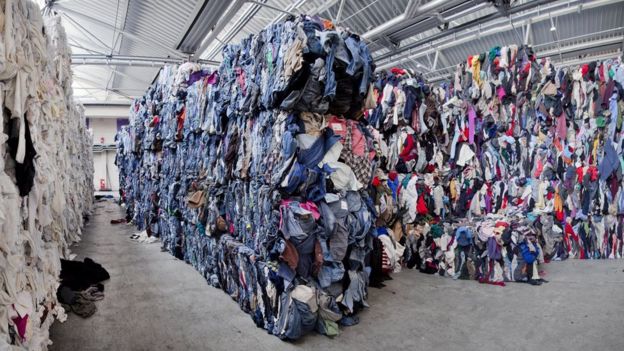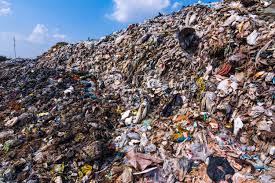Fast Fashion 101
- Haute Binger

- Sep 30, 2019
- 2 min read
By Vanessa Shipley
When it comes to sustainability, we often think of Sea Turtles, plastic straws, and plastic bags. We compartmentalize our carbon footprints to gas mileage and energy bills. It’s easy to believe that plastic straws are the extent of our detriment to the environment, but its time to understand falsehoods regarding fashion!
“Fast fashion utilizes trend replication, rapid production, and low-quality materials in order to bring inexpensive styles to the public.” Many of these quickly and cheaply made styles harmfully impact the environment and human well-being.

Fast fashion brands such as Zara, Target, Topshop, and H&M produce clothing in 52 ‘micro-seasons.' With this rapid production of clothing, companies are able to cater to the desire for new styles each week. “Many people debated what came first—the desire for fresh looks at an alarming rate or the industry’s top players convincing us that we are behind trends as soon as we see them being worn. It’s hard to say, but there is no doubt there is a thirst for the “next best thing” every day of our consumer-driven lives."
The key elements of fast fashion are trend replication, rapid production, low quality, and competitive pricing. This enables the 11 million tons of clothing thrown into U.S. landfills each year. Many of these clothes leach pesticides and chemicals that don’t break down and emit toxicity into the air.
The fashion industry's carbon footprint has grown immensely “Fast fashion’s carbon footprint is giving huge industries like air travel and oil a “run for their money.”
It is important to be mindful of these effects and to shop accordingly. Being conscious of these brands is the first step away from fast fashion!









Comments